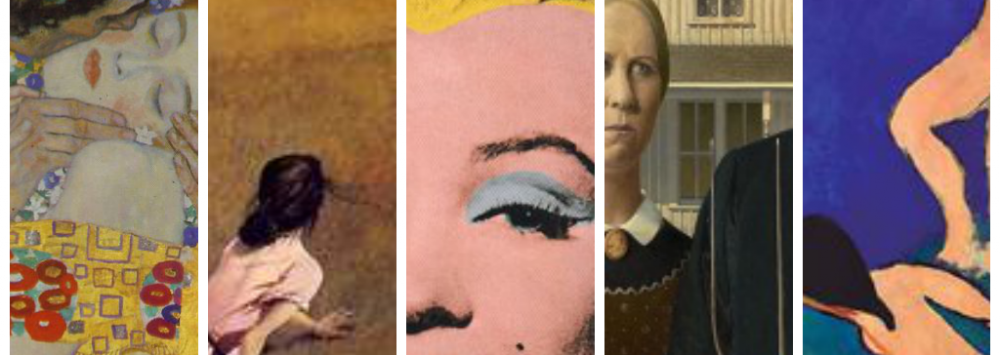Jasper Johns:
Joey
Bibliography
Jasper Johns was born in 1930 in Augusta, Georgia. He was always interested in art, drawing at a very young age. But, as he noted, “In the place where I was a child, there were no artists and there was no art, so I really didn’t know what that meant.” Johns was able to indulge in his artistic desires at the University of Carolina at Columbia, where his teachers encouraged him to travel to New York, which he did in 1948. Johns studied at the Parsons School of Design then joined the military and served in the Korean War. In 1953, Johns returned to New York where he became acquainted with Robert Rauschenberg. Both men, during the late 1950s, invented new styles that gave birth to movements such as Pop art.
Movement
The term Pop art, is derived from the ICA in London, where a group of artists and critics discussed artefacts of popular culture. Lawrence Alloway, the critic who coined the name, saw this art form as encompassing such formas as advertising, science-fiction illustration and automobile styling. Richard Hamilton, an artist who was also present at the discussion, defined the movement as, “Popular (designed for a mass audience); Transient (short term solution); Expendable (easily forgotten); Low Cost; Mass Produced; Young (aimed at Youth); Witty; Sexy; Gimmicky; Glamorous; and Big Business.” A movement that was born in England, Pop art took off in the US with the help of Jasper Johns and Robert Raushenberg. Their works were initially considered ‘neo-dada’ due to its anti-art gestures and Johns had even explained that his work focused on “things the mind already knows.” But as the two began taking ordinary objects and changing their form, color and medium, it was clear they were pioneers in the art movement of Pop Art.
Technique
Jasper works in painting, prints, and sculpture. He is most famous for his works depicting the American flag in a way that was different from the flowing red, white, and blue we see on flag poles around us. Some have attributed Johns’ work with the flag to his service in the military. It is also possible that the focus on the flag was because Johns was named after Sergeant William Jasper, who raised the flag in a brave action during the Revolutionary War. was Johns explains his style: “My experience of life is that it’s very fragmented; certain kinds of things happen, and in another place, a different kind of thing occurs. I would like my work to have some vivid indication of those differences.” He was able to develop these difference in the art form of print making where making changes and repeating is easy. John’s work in lithography and etching have also left a big impact as s evident inThe Seasons.
21st Century Artist
David Datona is a fellow Georgian like Johns and his latest art exhibit, Emblem and Image Exhibit, David created many different pieces that changed that took the American Flag and “reinterpreted it.” Datona placed glass lenses over the flag, forcing people to take another glance at an object that is all too familiar to us. Datona goes on to use the glass covering idea with other images including one of Marilyn Monroe and Barak Obama, two iconic American figures, again forcing the viewer to really look into the pieces for more than just their everyday meaning.
Video:
http://arth701sum13.blogspot.com/2013/06/the-american-flag-in-art-david-datuna.html
Reflection
I find popular art to be a cool art movement. I enjoy the idea of taking everyday objects, like the flag, and changing some of its basic features, like it color, to reinterpret this ordinary object. But I don’t find the movement to be ground breaking or overtly momentous. I don’t like most advertisements today and since this movement is commonly attributed to the art used in advertisements, I guess i’m slightly biased in terms of my opinion towards the movement. Taking ordinary objects and changing their appearance is cool and interesting. That’s about it. I guess there can be some social message pulled out of it, like Johns usage of the American Flag, an almost holy symbol, and twisting it. But it just doesn’t seem to have the same kind of impact that other art movements had on the viewer and the pieces relation to contemporary culture.
Bibiliography
Rosenthal, Nan. “Jasper Johns (born 1930)”. In Heilbrunn Timeline of Art History. New York: The Metropolitan Museum of Art, 2000–. http://www.metmuseum.org/toah/hd/john/hd_john.htm (October 2004)
Livingston, Marco. “Pop Art”. Oxford University Press. Museum of Modern Art, 2009–.http://www.moma.org/collection/details.php?theme_id=10170







